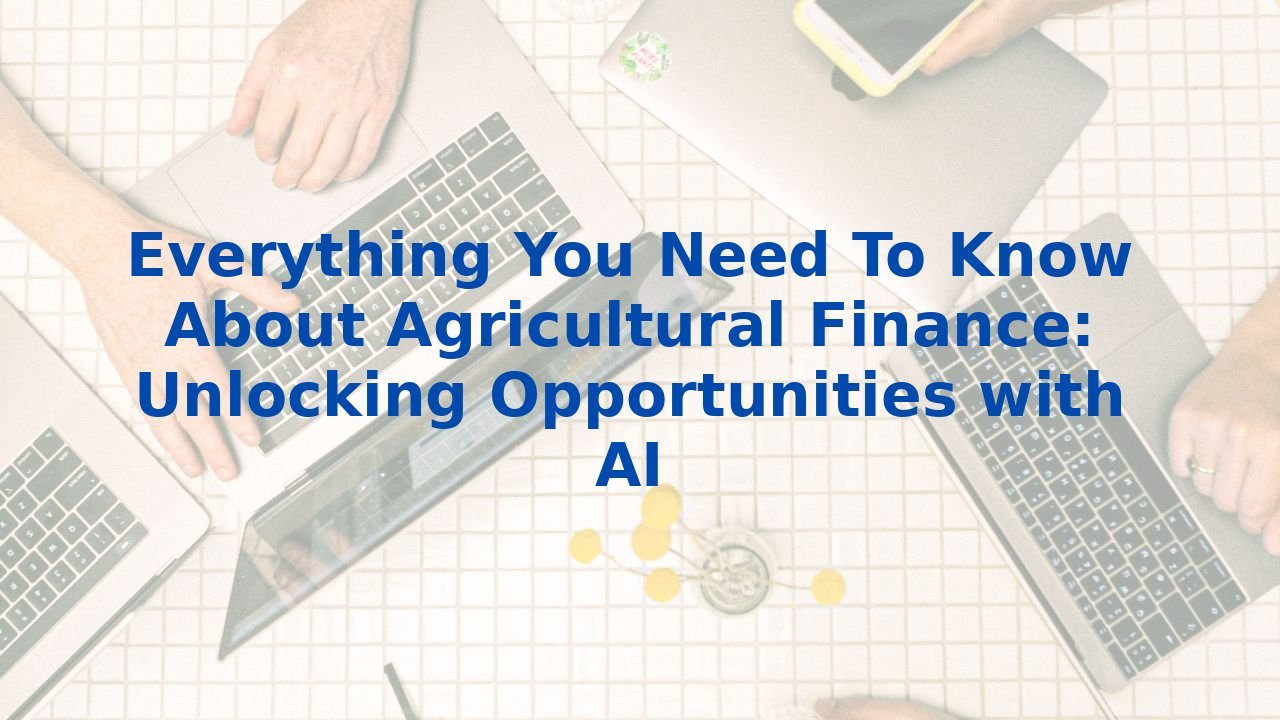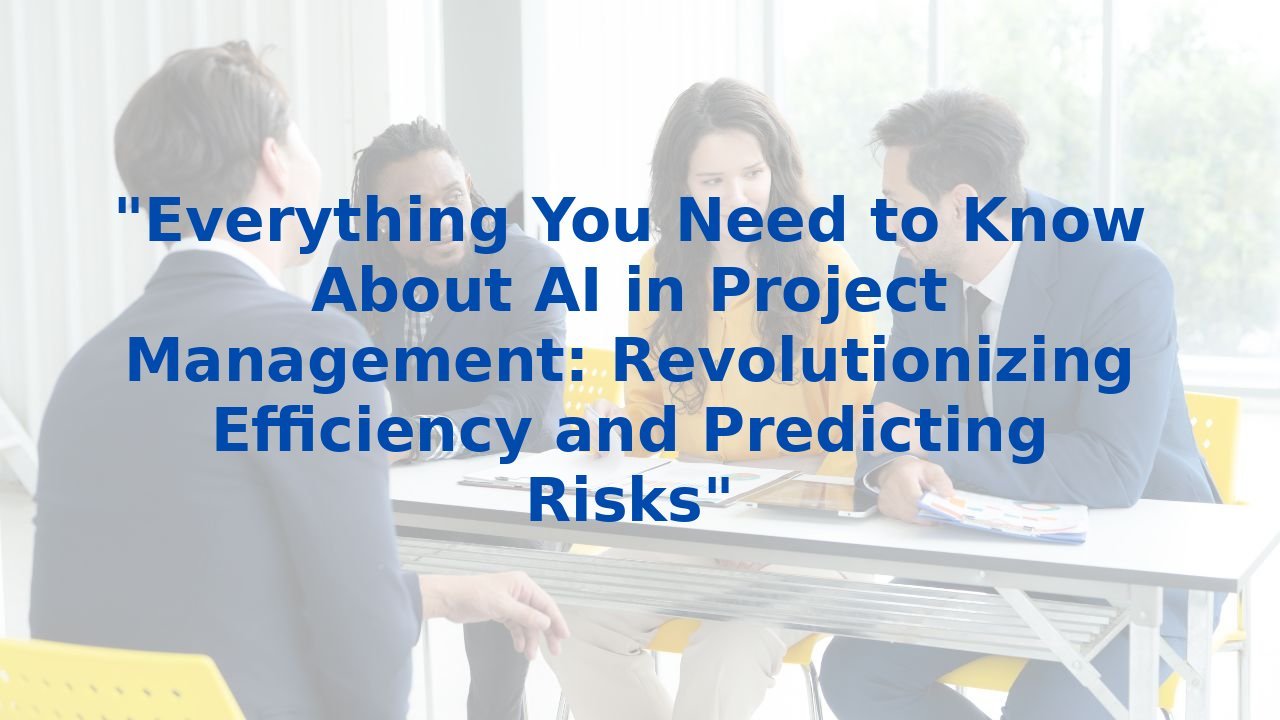Everything You Need To Know About Agricultural Finance: Unlocking Opportunities with AI
Everything You Need To Know About Agricultural Finance: Unlocking Opportunities with AI
The Evolving Landscape of Agricultural Finance
In an age defined by rapid change, the agricultural sector stands at a critical juncture. The financial intricacies within this field are paramount, especially as the global demand for food rises. Within agricultural finance lies the potential not just for survival but for thriving through innovation, risk management, and effective resource allocation. Here, we explore how AI technology is not just an enhancement—it's a revolution.
The Fundamentals of Agricultural Finance
At its core, agricultural finance is a comprehensive discipline that encompasses the management of resources, risk assessment, and strategic planning. This involves an understanding of both the micro and macroeconomic factors affecting agricultural operations—from crop production to land management and beyond. These elements form the backbone of ensuring sustainability and profitability within agricultural businesses.
AI: A Game-Changer for Agricultural Finance
With advancements in technology, particularly artificial intelligence (AI), the capabilities within agricultural finance have widened dramatically. AI integrates seamlessly into various processes, enabling a level of efficiency and insight previously unattainable. Here are a few ways this technology enhances agricultural finance:
1. Data Analysis
In an industry where time and resources are limited, AI shines with its ability to process vast datasets. The power of AI algorithms lies in their capacity to extract meaningful insights—yield predictions, market trends, and risk management strategies—allowing farmers and financial institutions to make informed decisions that minimize financial losses.
2. Risk Management
Managing risks is a cornerstone of agricultural finance. AI models excel at identifying potential risks, such as adverse weather conditions or volatile market fluctuations. With predictive analytics, farmers can adopt proactive strategies to mitigate these risks, thus ensuring the stability of their operations.
3. Financial Planning
Personalized financial planning is crucial for agricultural success. AI tools can assist farmers in crafting tailored financial plans, including budgets, cash flow projections, and investment strategies. This level of customization ensures that agricultural businesses remain robust and adaptive to challenges.
4. Digital Enhancement
The digital transformation facilitated by AI enhances relationships between farmers and financial institutions. Streamlined communication reduces paperwork and inefficiencies, allowing stakeholders to focus on strategic goals rather than administrative tasks.
Benefits of Integrating AI in Agricultural Finance
The advantages of incorporating AI into agricultural finance extend beyond mere operational improvements:
- Improved Efficiency: By automating routine tasks, AI frees up valuable time for more strategic initiatives, increasing overall productivity.
- Enhanced Decision-Making: AI provides actionable insights that facilitate informed decision-making, leading to more accurate predictions and strategic planning.
- Risk Mitigation: Early identification of potential risks allows for prompt action, protecting against financial losses and ensuring operational stability.
- Sustainability: AI contributes to a more sustainable approach to agriculture by optimizing resource allocation and minimizing waste, creating a win-win for both the environment and profitability.
The Importance of Training Employees for AI Implementation
To unlock the full potential of AI in agricultural finance, the workforce must be adequately trained. Here’s why training is essential:
1. Data Literacy
The ability to collect, interpret, and analyze data using AI tools is critical. This competency fosters informed decision-making processes that rely on real-time, data-driven insights.
2. Technical Skills
Familiarity with AI software and platforms is crucial for operational excellence. Regular training ensures employees remain at the forefront of technological advancements, thus enhancing overall performance.
3. Soft Skills
AI may handle data, but human ingenuity reigns in communication and collaboration. Cultivating these soft skills ensures that AI technology enhances existing workflows rather than undermining the invaluable contributions of the human workforce.
Conclusion
The landscape of agricultural finance is changing, and AI stands at the forefront of this evolution. By integrating artificial intelligence, agricultural enterprises can enhance their efficiency, improve decision-making processes, and develop robust risk management strategies. As the sector embraces AI, the emphasis must also be placed on training employees, ensuring they possess the necessary skills to navigate this new terrain confidently. Ultimately, the synergy between human capability and technological advancement will unlock unprecedented opportunities for sustainable growth in agricultural finance.
For those committed to exploring AI for organizational growth and development, consider the resources available to equip your workforce with AI skills, ensuring they are prepared for tomorrow's challenges while thriving today.



